What I love
Criticising art and society
In today’s Turkey, a country that is going through a wild process of establishing new art galleries and opening new museums – privately run as well as public ones – there are some works that take on the role of messengers to the future; hinting, through their own stories, at what fate awaits pieces once they are out there in the art market.
What I Love, the current exhibit at Beyoğlu’s Borusan Art Center, may well offer the best examples of such messages. The exhibition brings together the most recent works of 10 young Turkish artists, ranging from sculptures to video installations, as well as 3-D site-specific works.
While Zeynep Beler’s colour photographs offer a different perspective of urban texture, showcasing images of shops for lighting materials on the Yüksekkaldırım Street in Istanbul’s Galata district, İlke Yılmaz’s work Fishing focuses on social changes in the city. The 8-bit colour piece Palette Entires of Yağız Özgen unravels colour palette entries used in computers. The exhibition also features Asena Hayal’s voice installation, Berkay Tuncay’s Corrupted Family Portrait, Gökçe Süvari’s Dog Exercises, Elif Öner’s online project Through The Looking Glass, Özge Enginöz’s Happiness, Evrim Kavcar’s Esteban and Burçak Konukman’s The Internationale.
The show, while exhibiting the works together, attempts to preserve the individuality of the artists. There are works criticising social life, the art market, museums and galleries; and there are pieces that deal with artistic creation and daily life.
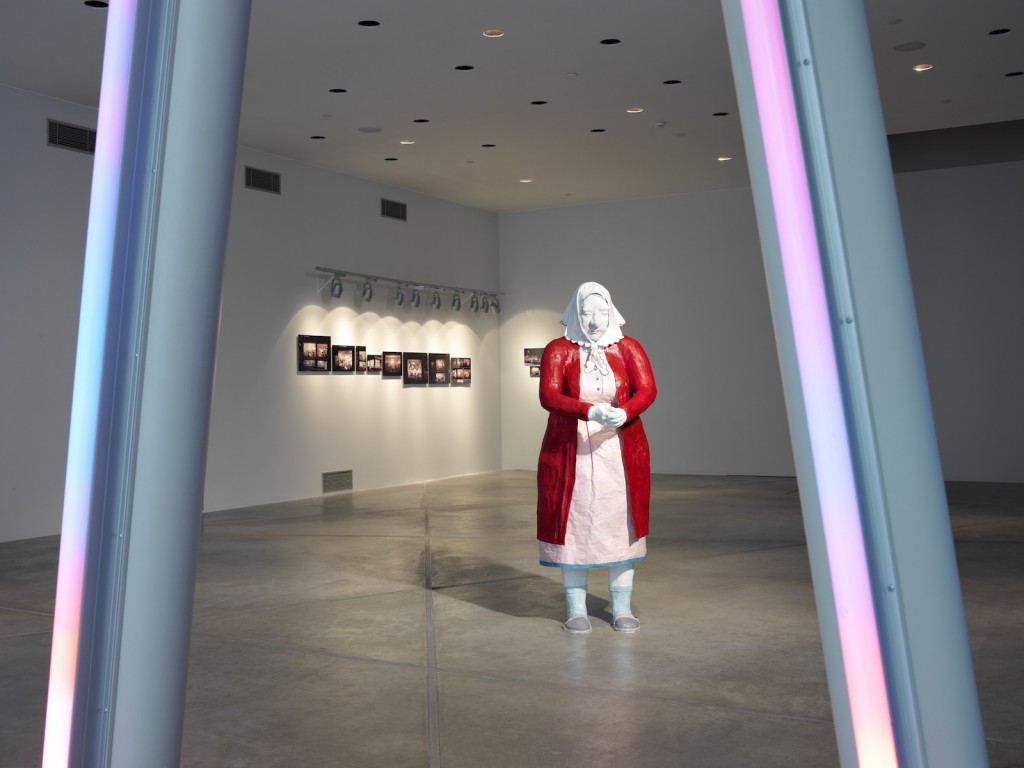
In her art, İlke Yılmaz aims at reminding the audience of Istanbul’s past. Yılmaz’s work Fishing focuses on the people of Istanbul, who have seen their city go through many changes during recent years. Forests have been destroyed, the number of fishermen has increased due to urbanisation. There are now many people who try to make money through fishing and selling their catch to cafes and restaurants. Ironically, those same restaurants symbolise the huge gap between the rich and poor in Istanbul.
Yılmaz’s sculpture depicts a woman who strikes the eye with her colourful clothes. The work refers to the daily reality of many locals: what fisherman get from the sea is also what they get in life.
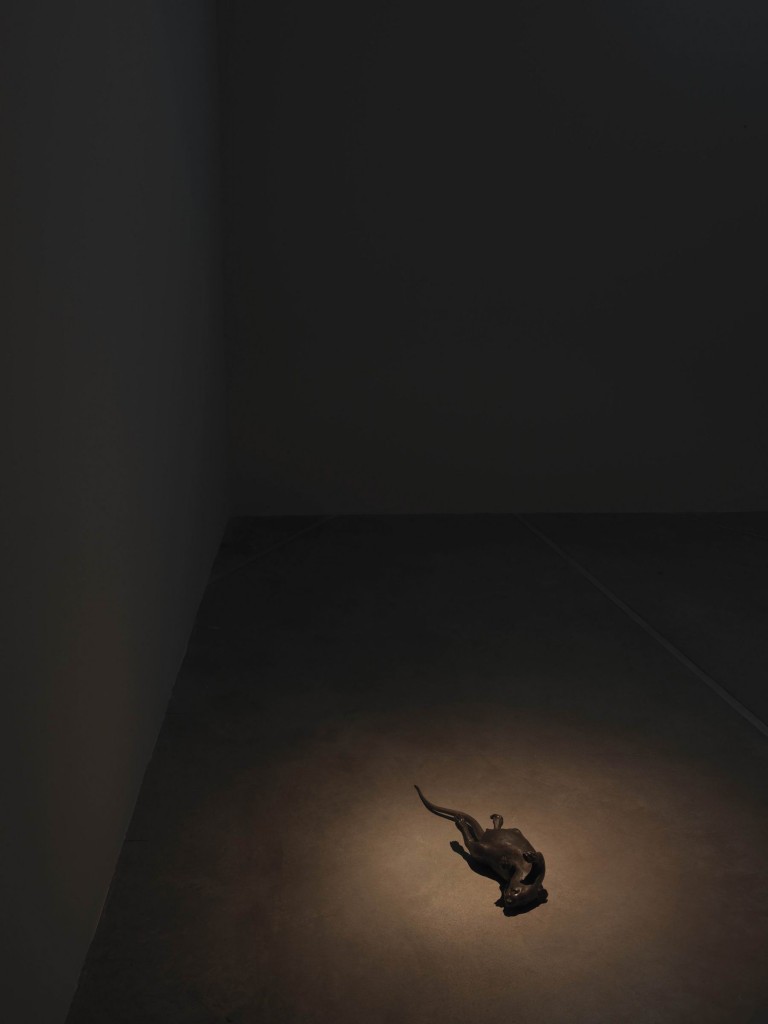
Just like Yılmaz, Evrim Kavcar refers in her work to the social life of Istanbul and Turkey. In one of the pieces, Kavcar mixes different disciplines: sculpture (a dead mouse) combined with a video installation. Kavcar placed a life-sized mouse on the floor, but tries to make the audience see it as a small animal, lying dead on the street. She commented: “We don’t dare to touch it because we get frightened that it might be carrying a virus or an illness. However, it is not a filthy animal. It lives beneath the city, Istanbul is full of them.”
But the work symbolises something else: Kavcar’s mouse reminds of Dostoyevsky’s Notes from the Underground in which the writer explains the experiences of a man, in modern society, who thinks that everything is miserable. Seeing Kavcar’s work makes one wonder: Do the animals living underground resemble the people who live above the ground?
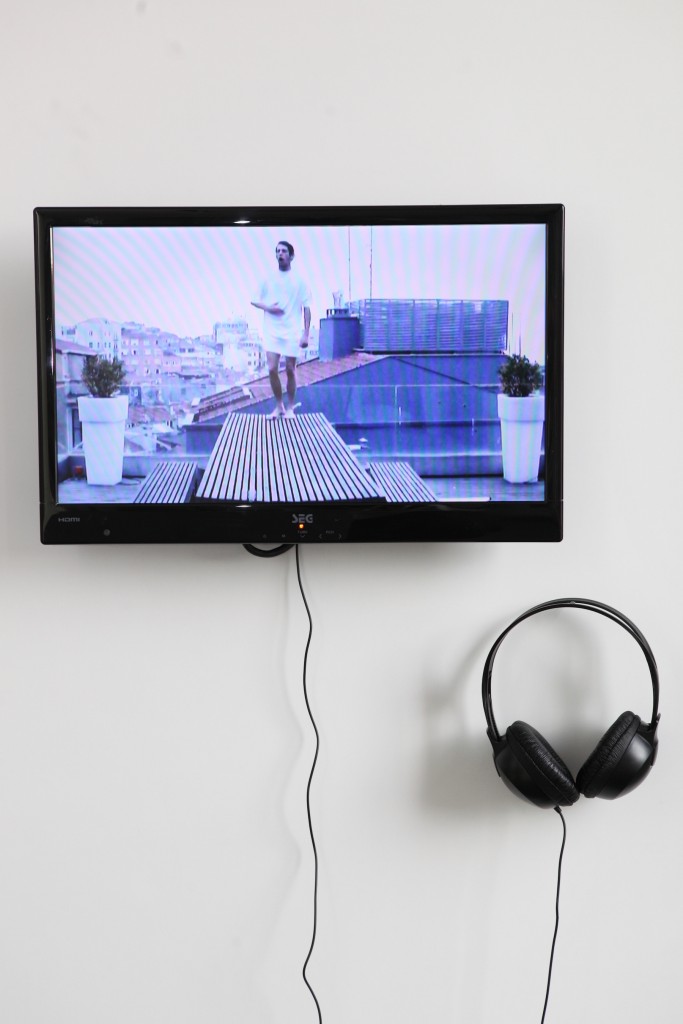
The video work of Burçak Konukman features the artist himself and is a critique of Turkey’s art market. In the piece, Konukman tries to reveal the art market’s hypocrisy through wearing a t-shirt with the slogan “No Market Shit”. The video continues with him singing The Internationale with a gradually rising tone.
Even though this work might seem like the summary of a surrealist movie, Konukman manages to unfold the negative sides of artists becoming too attached to the business side of art.
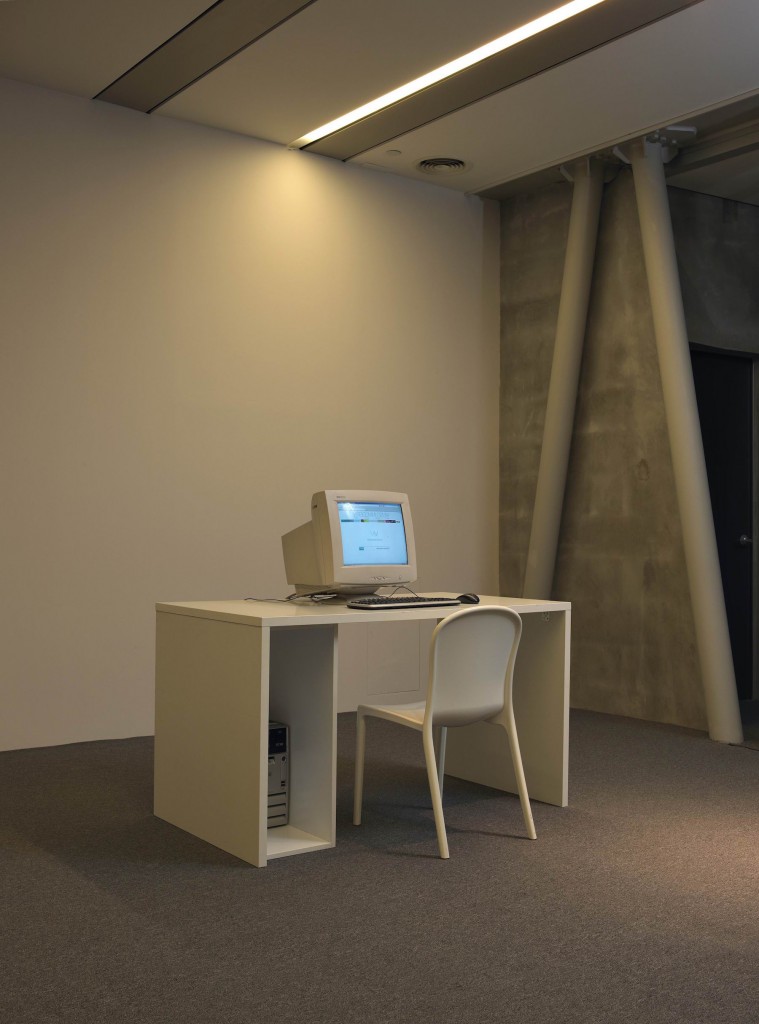
Elif Öner started a web-based project criticising the complex relationship of the art works that are collected in newly opened museums. First, the viewer sees a museum website titled Museummodern. Names of different museums, such as Guggenheim, MOMA, Louvre and Centre Pompidou appear as links. However, if the viewer clicks these, he or she will be directed back to the website Museummodern. In this sense the artist creates a vicious circle.
Meanwhile questioning the role of the museum and how it preserves works of art, Öner also criticises the opening of lots of museums in the world and in Turkey. How a museum serves to the society and what is the importance of it for the artists and art works?
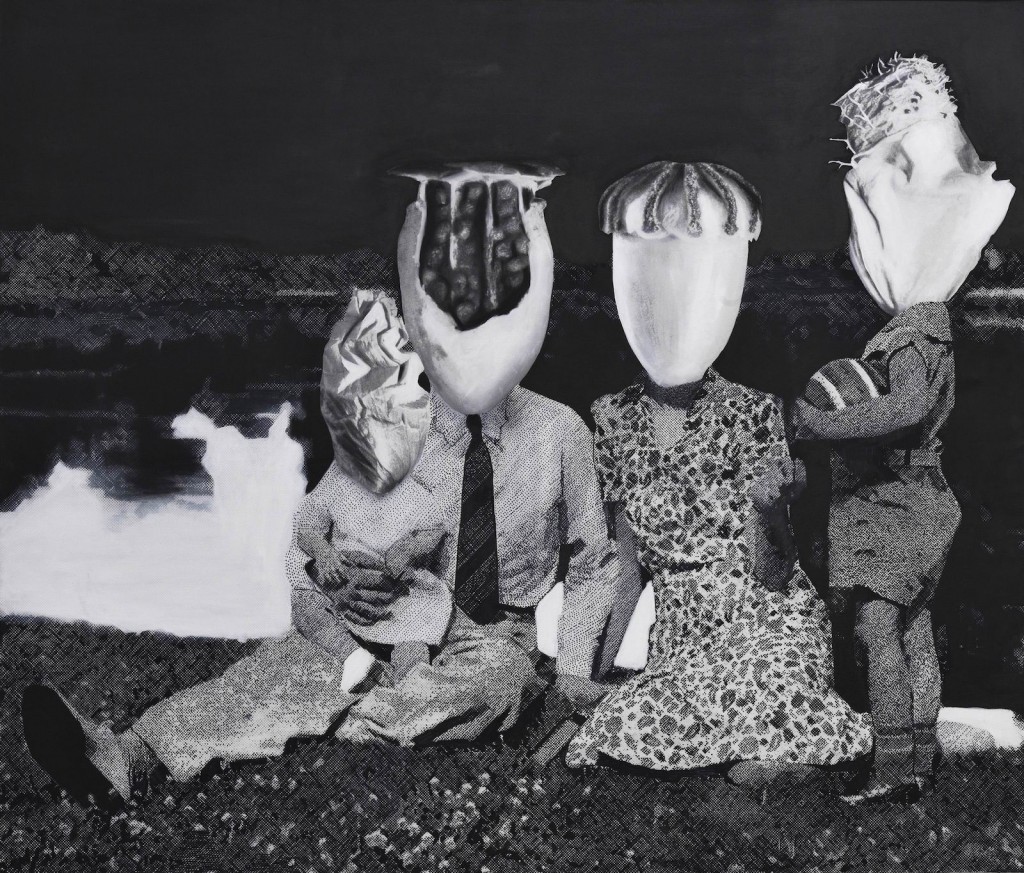
In the work of Özge Enginöz, happy family portraits are shown as a matter of deception. Through a unique large-scaled collage technique, Enginöz visualises old portraits in a new way. She juxtaposes the real images with surreal ones, which makes her works first appear surrealistic. Her collages however, speak not only about the surreal world but also about real people and their photographs.
Through employing irony meanwhile avoiding dull expressions, the works of these 10 artists make reference to important phenomena in Turkish society: alienation, urbanisation and economic problems of young artists. They also offer differing perspectives on the oppressiveness of the art market. Their criticism not only focuon social issues in Turkey, but also refers to the international art market, as we can see in Öner’s and Konukman’s works.







2 thoughts on “What I love”